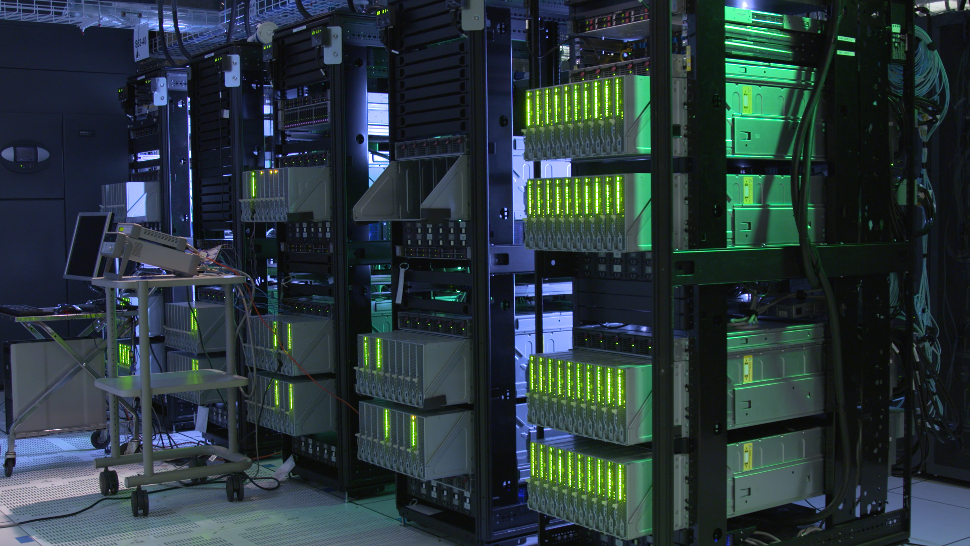HPE unveils world's largest supercomputer
Arm-powered 'Astra' supercomputer will help government workers crunch mountains of data

HPE has revealed the world's largest Arm-powered supercomputer as part of a major HPC project.
The computing giant has teamed up with the US Department of Energy (DOE) and Sandia National Laboratories to create the new Astra system as part of the DOE's Vanguard project.
Astra, which is built of over 145,000 cores in 2,592 dual-processor servers, will be used by the US National Nuclear Security Administration (NNSA) to run advanced modelling and simulations across a number of areas, including energy and national security.
Super-powered
The launch comes as demand continually increases for more powerful ways to crunch huge amounts of data in the research and discover space, with Arm processors able to bring a number of new HPC technologies to government and private systems alike.
The Astra system will run on HPE's Apollo 70 architecture, which the company says is designed perfectly to crunch such heavy workloads.
HPE says that Apollo 70 is able to delivering over 2.3 theoretical peak petaflops of performance, 33 per cent better memory performance than traditional market offerings, and greater system density.
“By introducing Arm processors with the HPE Apollo 70, a purpose-built HPC architecture, we are bringing powerful elements, like optimal memory performance and greater density, to supercomputers that existing technologies in the market cannot match,” said Mike Vildibill, vice president of HPE's Advanced Technology Group.
Sign up to the TechRadar Pro newsletter to get all the top news, opinion, features and guidance your business needs to succeed!
- Our pick of the 15 best laptops you can buy in 2018

Mike Moore is Deputy Editor at TechRadar Pro. He has worked as a B2B and B2C tech journalist for nearly a decade, including at one of the UK's leading national newspapers and fellow Future title ITProPortal, and when he's not keeping track of all the latest enterprise and workplace trends, can most likely be found watching, following or taking part in some kind of sport.